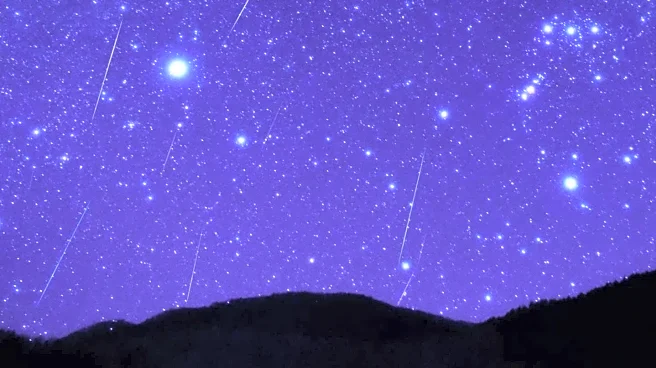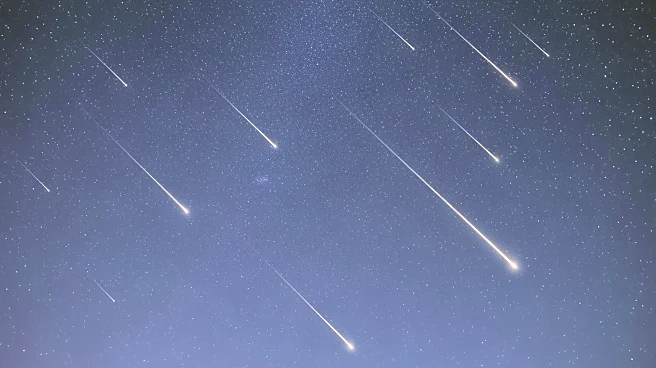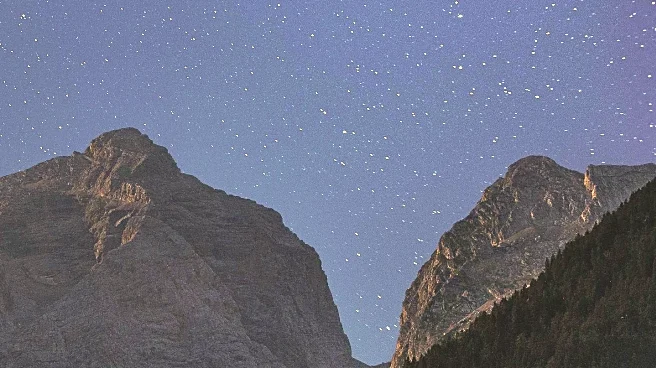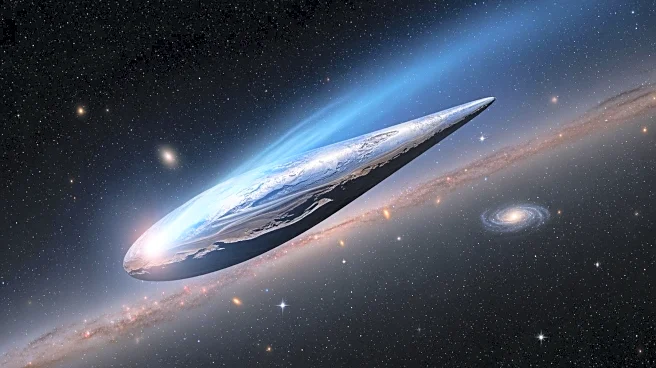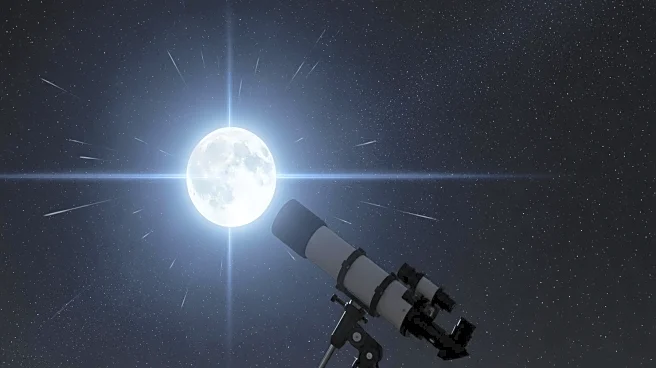What's Happening?
The Leonid meteor shower is expected to reach its peak activity on November 17, offering a celestial display visible from Earth. The meteors, originating from the constellation Leo, will be best observed
during the early morning hours. No specialized equipment is required for viewing, as the meteors can be seen with the naked eye from a reclined position. Astronomy magazine Editor Emeritus Dave Eicher encourages enthusiasts to watch for bright streaks in the sky during this event.
Why It's Important?
Meteor showers like the Leonids provide an accessible opportunity for the public to engage with astronomy and appreciate the natural wonders of the universe. This event can inspire interest in space science and foster a greater understanding of celestial phenomena. The Leonids are known for their bright and fast meteors, making them a popular spectacle for both amateur and professional astronomers.
What's Next?
As the peak approaches, observers are advised to find locations with minimal light pollution for optimal viewing conditions. The event serves as a reminder of the dynamic nature of our solar system and the ongoing interactions between celestial bodies. Future meteor showers will continue to offer similar opportunities for observation and study.
Beyond the Headlines
Meteor showers have cultural significance across various societies, often associated with myths and legends. The Leonids, in particular, have been historically linked to significant events and are considered a symbol of change and renewal.



